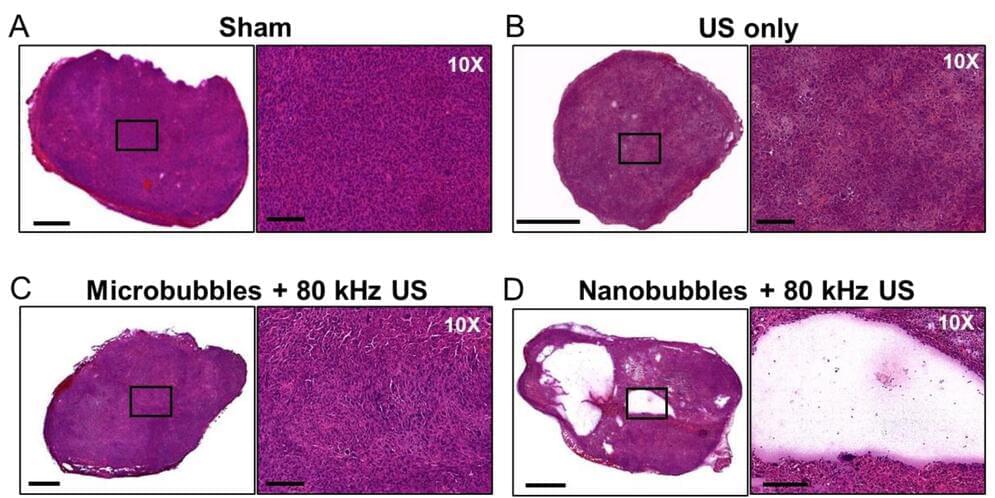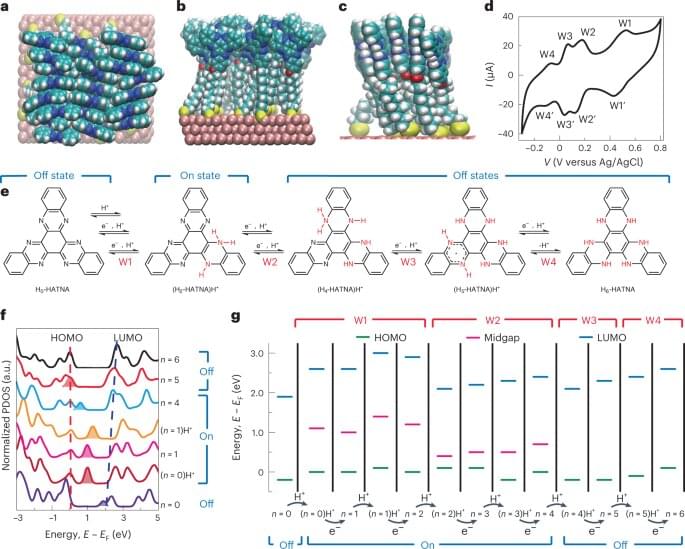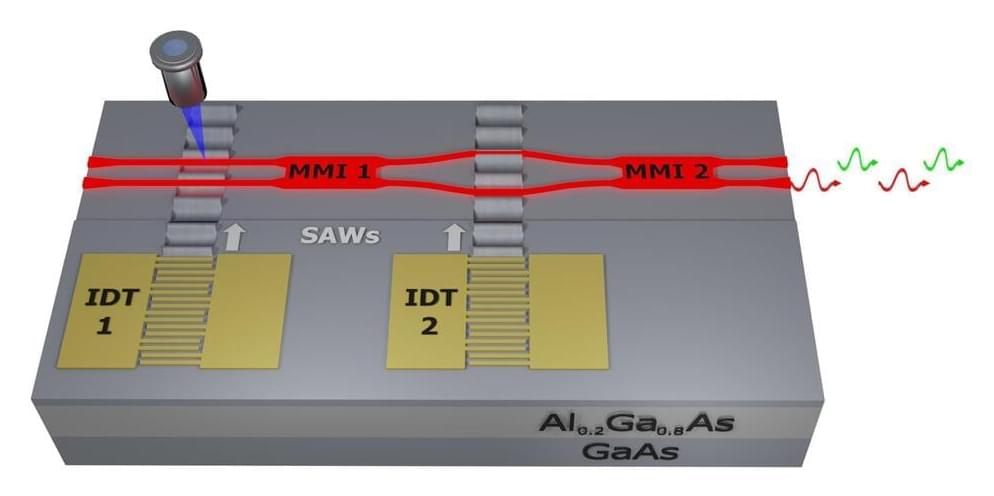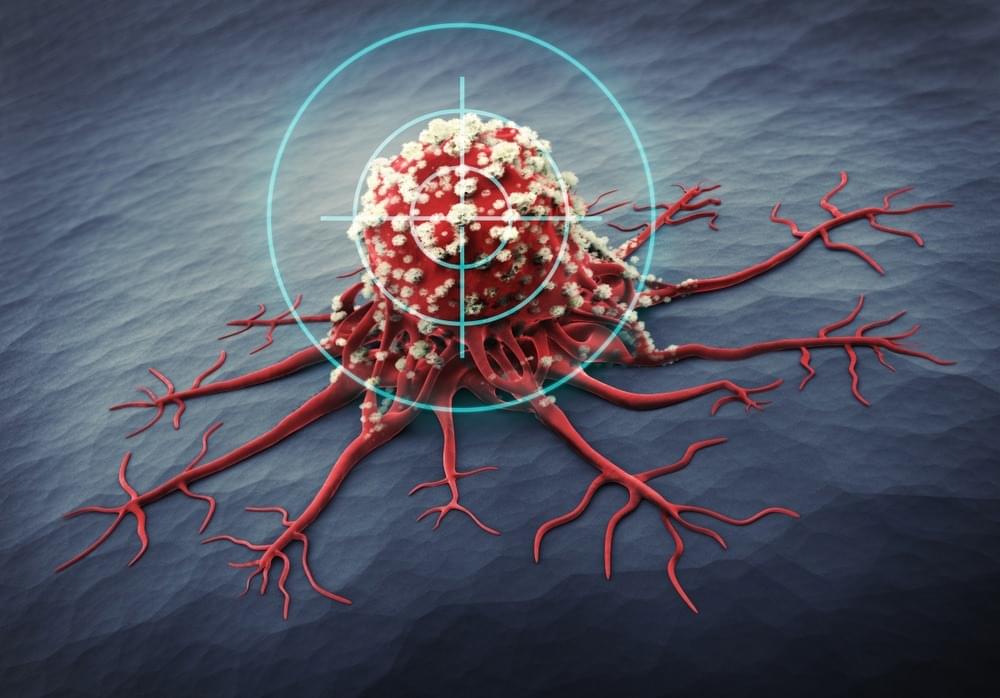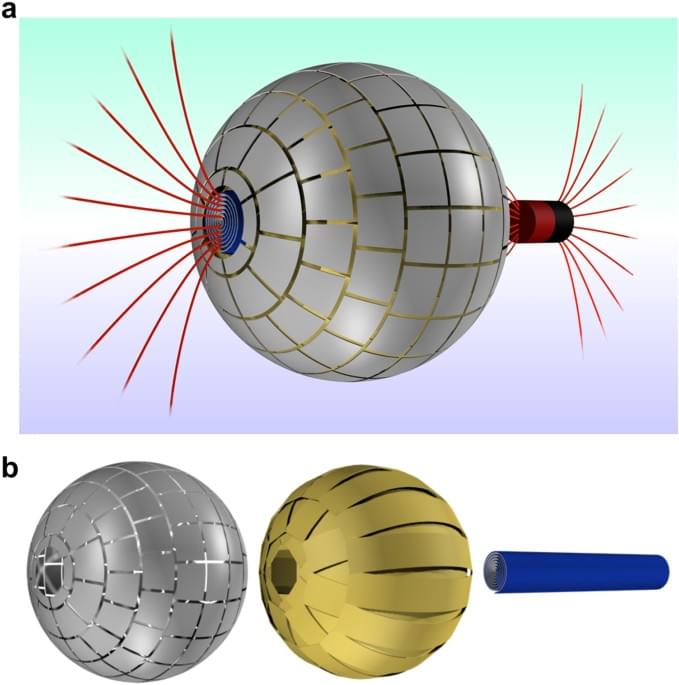A new technology developed at Tel Aviv University makes it possible to destroy cancerous tumors in a targeted manner, via a combination of ultrasound and the injection of nanobubbles into the bloodstream. According to the research team, unlike invasive treatment methods or the injection of microbubbles into the tumor itself, this latest technology enables the destruction of the tumor in a non-invasive manner.
The study was conducted under the leadership of doctoral student Mike Bismuth from the lab of Dr. Tali Ilovitsh at Tel Aviv University’s Department of Biomedical Engineering, in collaboration with Dr. Dov Hershkovitz of the Department of Pathology. Prof. Agata Exner from Case Western Reserve University in Cleveland also participated in the study. The study was published in the journal Nanoscale.
Dr. Tali Ilovitsh says that their “new technology makes it possible, in a relatively simple way, to inject nanobubbles into the bloodstream, which then congregate in the area of the cancerous tumor. After that, using a low-frequency ultrasound, we explode the nanobubbles, and thereby the tumor.”
